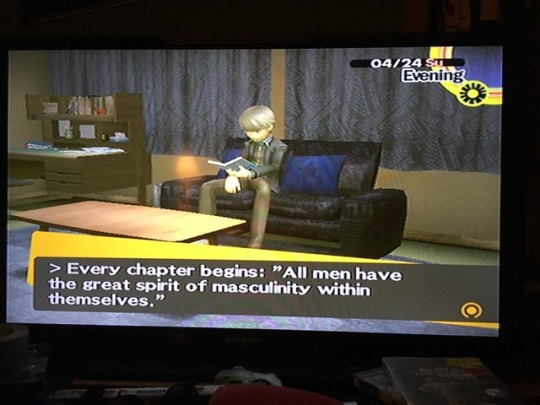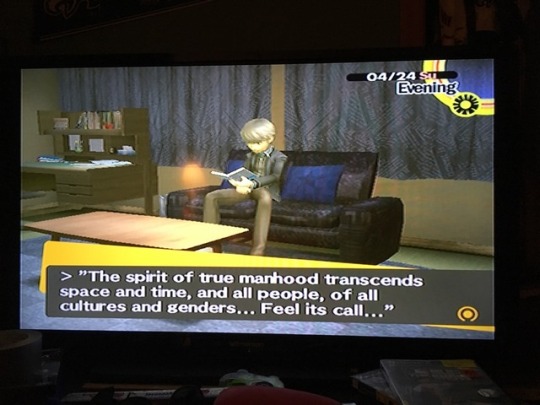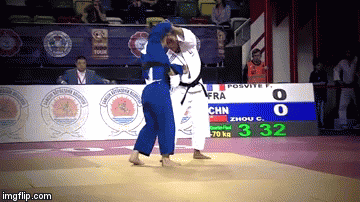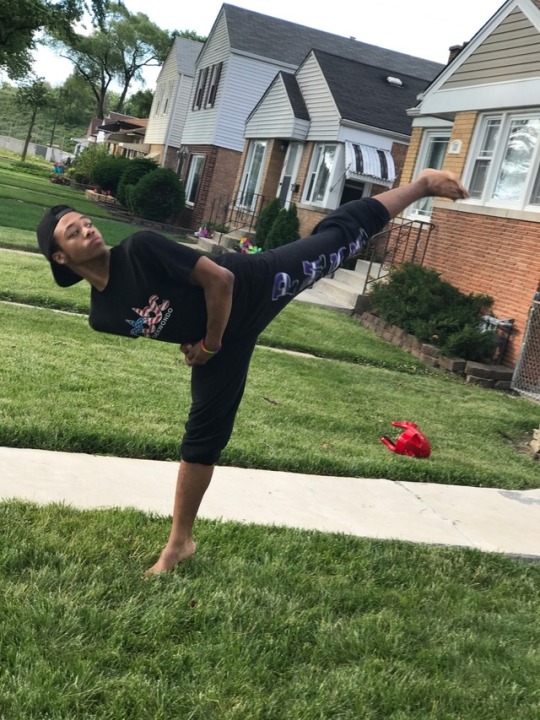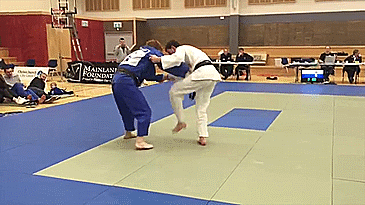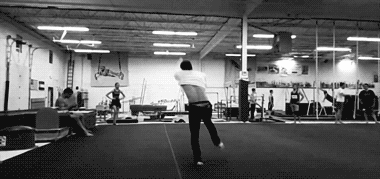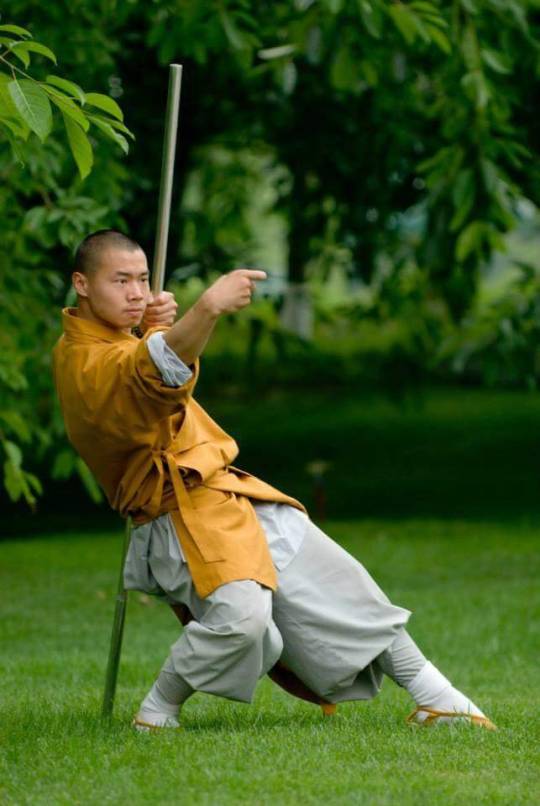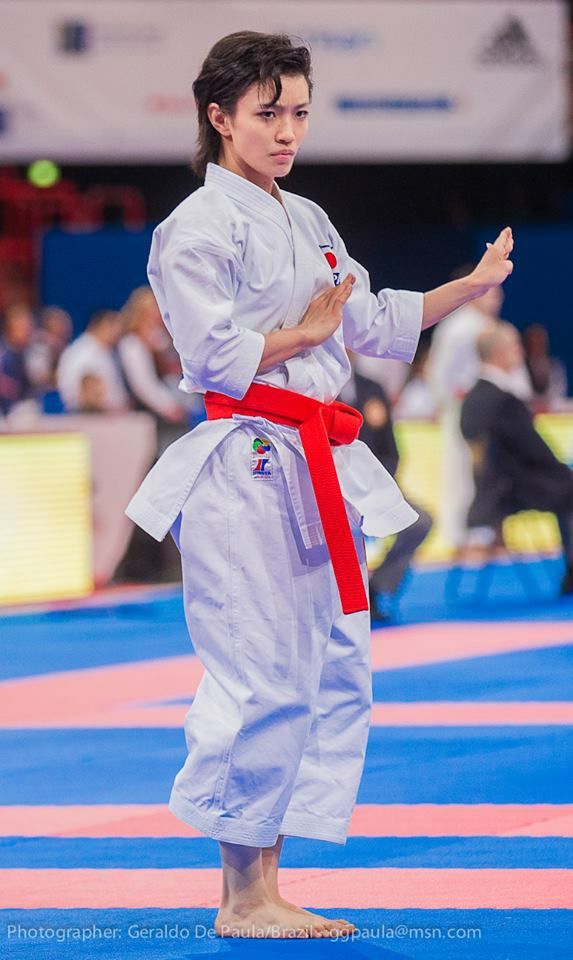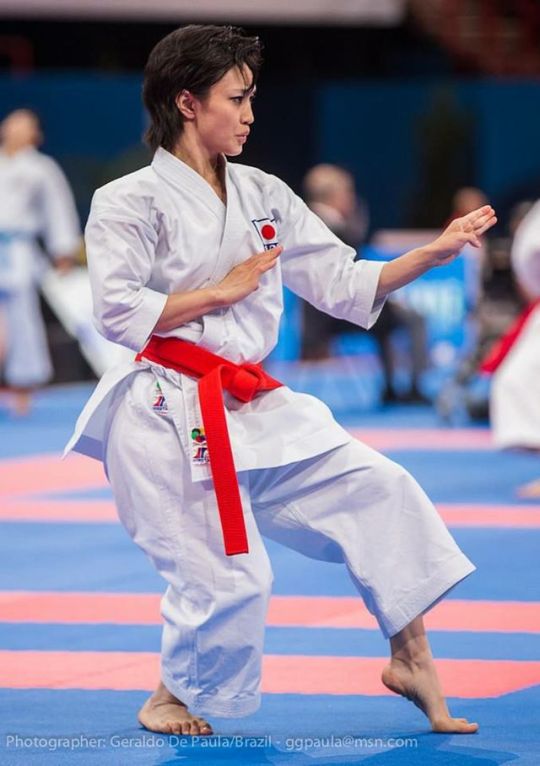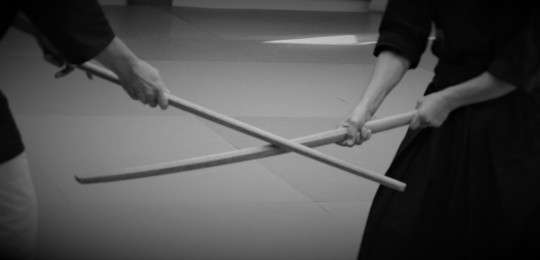Text
Okay, so this was adorable and validating.
So I was doing Katas with a nine-year-old yellow belt and she was leading it and was doing really well with high intensity and it was just really great.
At the end my master was like “Riley that was really great, I think you’re going to be our next superstar.” She smiled and he was like “I see in you what I used to see in Hope as she was moving up the ranks.”
And Riley just gasps, completely lights up and goes “Reallllllly!!!!” Like so excited that she was compared to me. It was so cute and she was really enthusiastic for the rest of class.
81 notes
·
View notes
Photo

This is Jim Thorpe. Look closely at the photo, you can see that he’s wearing different socks and shoes. This wasn’t a fashion statement.
It was the 1912 Olympics, and Jim, a American Indian from Oklahoma represented the U.S. in track and field. On the morning of his competitions, his shoes were stolen.
Luckily, Jim ended up finding two shoes in a garbage bin. That’s the pair that he’s wearing in the photo. But one of the shoes was too big, so he had to wear an extra sock. Wearing these shoes, Jim won two gold medals.
This is a perfect reminder that you don’t have to resign to the excuses that have held you back.
So what if life hasn’t been fair? What are you going to do about it today? Whatever you woke up with this morning; stolen shoes, ill health, failed relationships, don’t let it stop you from running your race. You can experience more in life if you’ll get over the excuses and get on with living!
4 notes
·
View notes
Photo
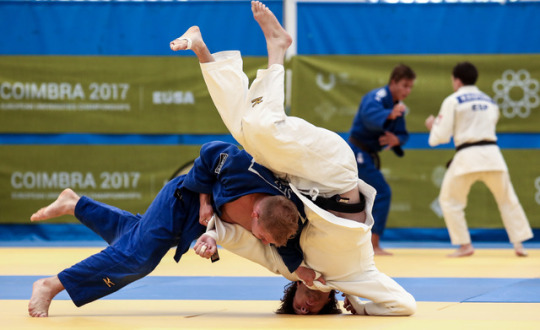
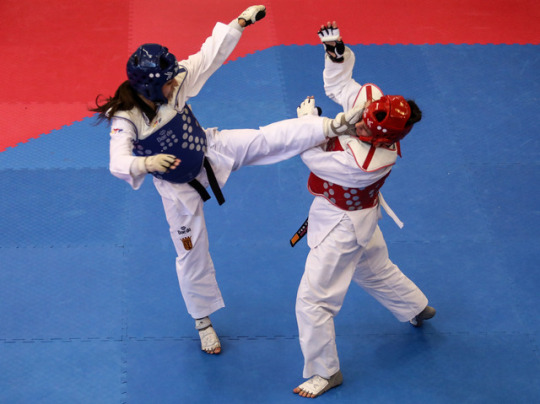

So, this week I was away photographing (and also as a coach) the European University Championships of Judo, Taekwondo and Karate that took place in Coimbra (Portugal).
I leave you here 3 photos from each championship.
461 notes
·
View notes
Video
instagram
Those gold backs… You got to love these randoris between Olympic champions, Kelmendi (KOS) and Mudranov (RUS) !
I love Kelmendi! She is just a beast! If you are from Kosovo, you should be damn proud of this girl!
326 notes
·
View notes
Text
They're right. Quite a few students in my dojo have chronic joint pain (myself included) and each sensei is very understanding of it. They expect you to do things to the best of your physical ability. One sensei has had a hip replacement and one has had knee and ankle injuries, and all three fully admit that they physically can't do certain moves the way they used to. I'm sure your sensei has been there before as well and will understand. Take care of yourself!
Ankle Issues
Basketball and Karate do not work well together. My ankles are sore and twisted from basketball but expected to be flexible for Karate. Last week I re-twisted my ankle at basketball practice and then went to the dojo to train after and I was berated for my lack of solid deep stances.
As usual, I was at the dojo early to get some practice in since I haven’t trained for a solid block of time in two weeks and I was one of the few people there. While reviewing a certain Kata Sensei came gave me his instruction on what to do better. However, most of his instruction was to stay lower in my forward stance and move fluidly through horse stance. Attempting to heed his words I tried, but I was in pain. I overcame the pain and did what Sensei asked but I know that he expected better of me. The pain was bearable but I physically wasn’t able to go into a deeper forward stance because of my ankle. I lost mobility and therefore I lost respect from Sensei.
The issue was, I have not been in the dojo in a couple weeks and I seemed unpracticed (which I was). On top of that, my Kata that I should have been able to perform fluidly I was not able to. No excuses, but it hurt me to think that Sensei probably thought that I was just slacking off because of my ego. Every time I have been able to test for my next belt, I tested up two belts; I was awarded one of the highest honors in our dojo for my work ethic and now I came to the dojo undisciplined and unprepared.
19 notes
·
View notes
Photo

A mix between Sode-tsurikomi-goshi and Harai-goshi
73 notes
·
View notes
Photo
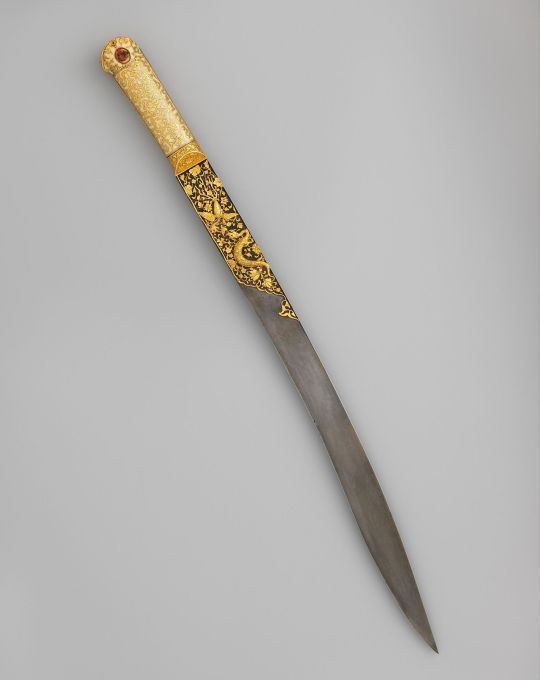
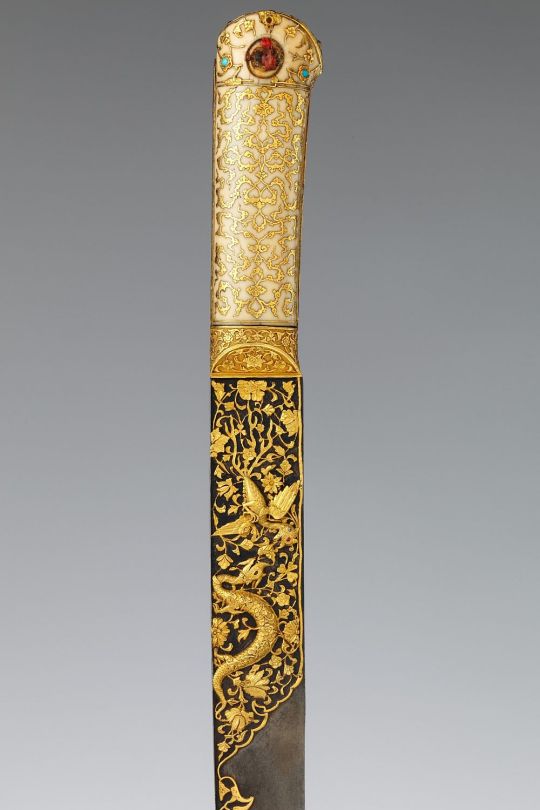


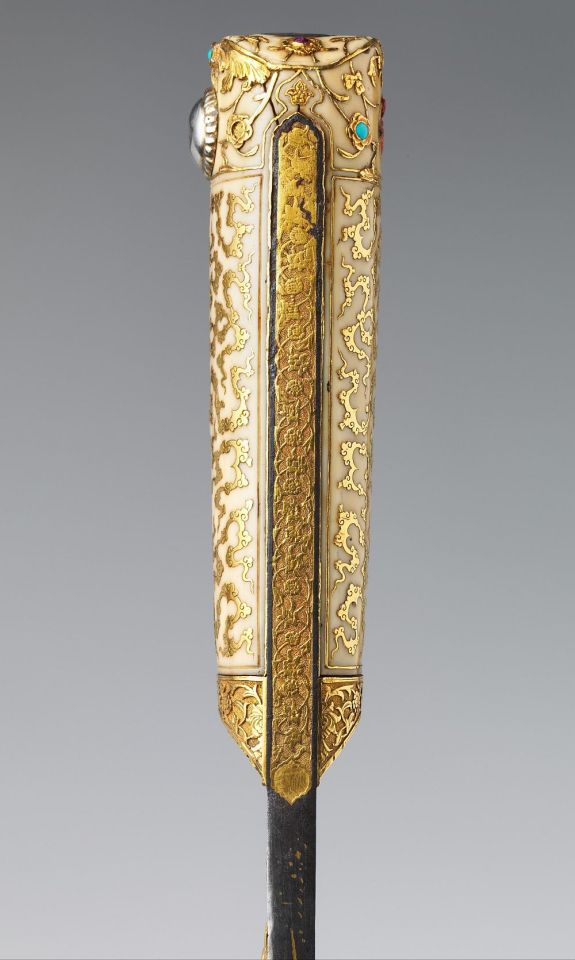


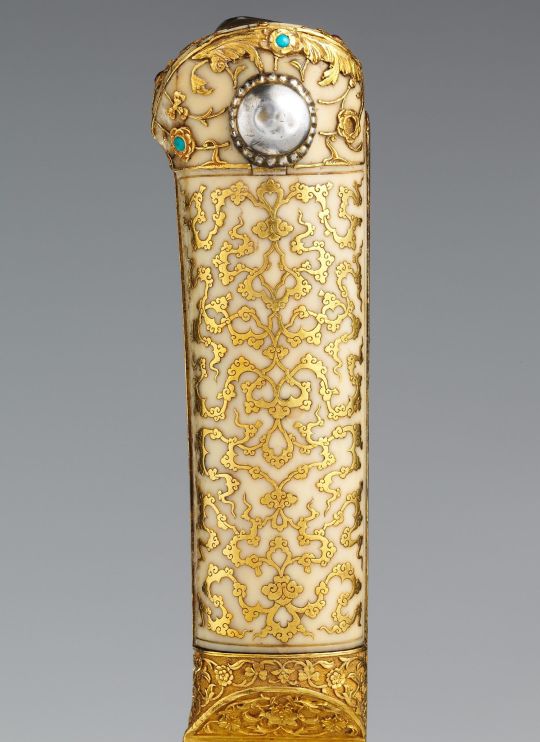
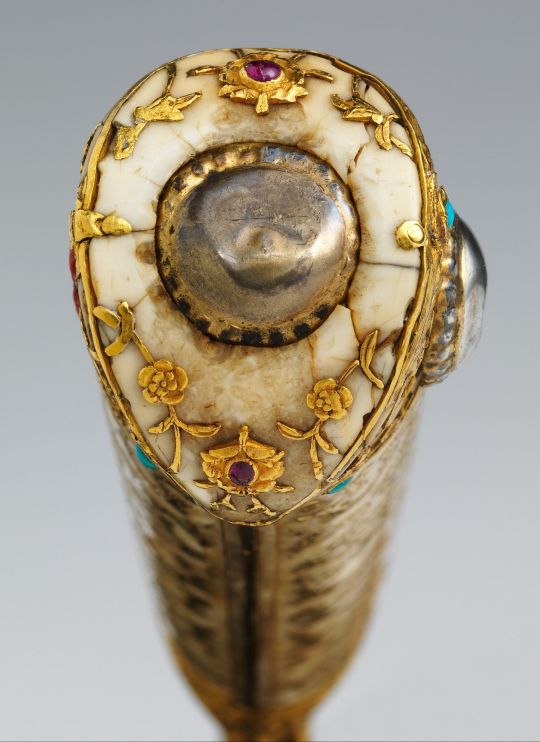
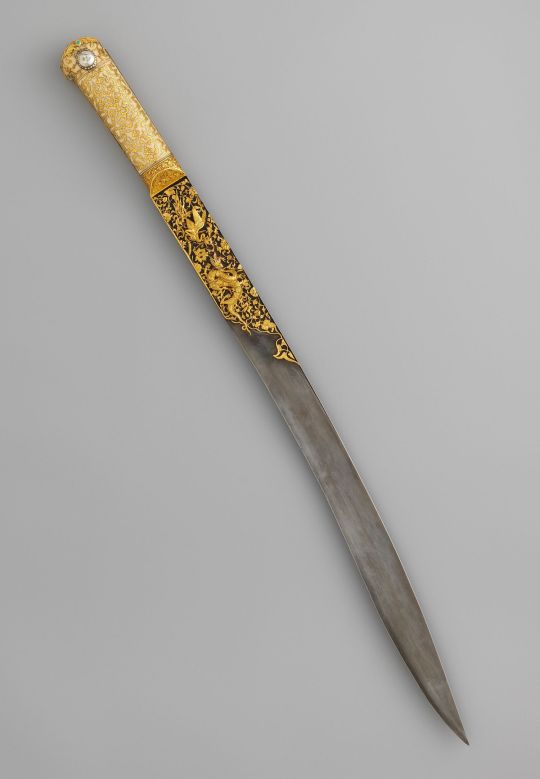
Yatagan Sword from the Court of Süleyman the Magnificent (reigned 1520–66)
Dated: circa 1525–30
Sword maker: Workshop of Ahmed Tekelü (possibly Iranian, active Istanbul, ca. 1520–30)
Geography: Istanbul
Culture: Ottoman, Istanbul
Medium: steel, gold, ivory (walrus), silver, turquoise, pearls, rubies
Measurements: overall length 23 3/8 inches (59.3 cm); blade length 18 3/8 inches (46.7 cm); weight 1 lb. 8 oz. (691 g)
Exquisite workmanship and lavish use of precious materials distinguish this sword as a princely weapon and exemplifies the opulence and refinement of Ottoman luxury arts. Almost identical to a yatagan (now in the Topkapi Palace, Istanbul) made in 1526–27 by the court jeweller Ahmed Tekel, for the Ottoman sultan Süleyman the Magnificent (r. 1520–66), this sword was undoubtedly made in the same imperial workshop.
The gold incrustation on the blade depicts a combat between a dragon and a phoenix against a background of foliage scrolls. These figures, like the gold-inlaid cloud bands and foliage scrolls on the ivory grips, are Chinese in inspiration, and were probably introduced into Ottoman art through contacts with Persia.
This sword is one of the earliest known yatagans, distinctly Turkish weapons characterised by a double-curved blade and a hilt without a guard. Yatagans were commonplace in Turkey and the Balkans in the eighteenth and nineteenth centuries and served as sidearms for the elite troops known as Janissaries.
Source: Copyright © 2016 Metropolitan Museum of Art
4K notes
·
View notes
